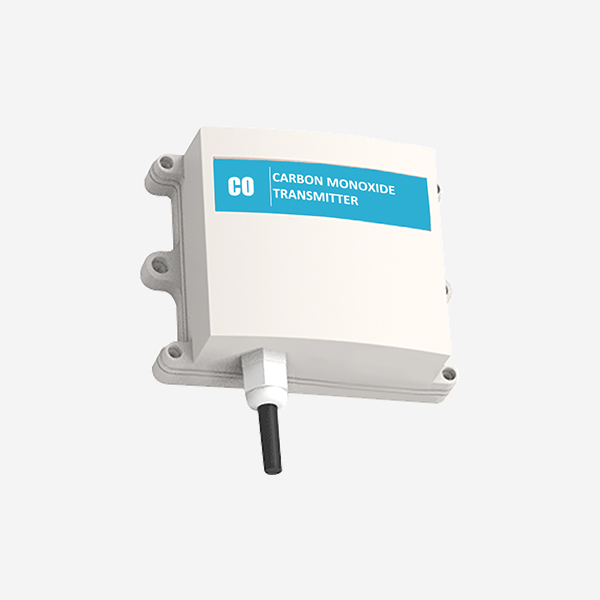Carbon monoxide monitor is a critical aspect of environmental safety, contributing to the detection and mitigation of this hazardous gas. This article explores the importance of carbon monoxide monitoring, its applications, and the impact it has on safeguarding human health.
Understanding Carbon Monoxide Monitor

Carbon monoxide (CO) detector include specialized sensors to measure toxic gases in the air. Elevated carbon monoxide levels can be caused by faulty heating systems or gas-fired equipment.
Applications of Carbon Monoxide Monitor
Indoor Air Quality:
Carbon monoxide monitor is essential for assessing indoor air quality in residential, commercial, and industrial settings. Elevated levels of CO can result from faulty heating systems, gas appliances, or vehicle emissions in enclosed spaces, posing health hazards to occupants.

Occupational Safety:
In workplace environments where combustion processes occur, carbon monoxide monitoring is essential to protect workers from toxic gases. Because it could be a toxic gas caused by incomplete combustion of fuel.
Vehicle Emissions:
Monitoring carbon monoxide levels in cities is important for the impact of vehicle emissions on air quality. Because carbon monoxide is a common component of waste gas.
Fire and Emergency Response:
Carbon monoxide monitoring is an integral part of fire safety and can detect CO gas early in the event of a fire.
Impact of Carbon Monoxide Monitoring on Environmental Safety
The availability of accurate and reliable carbon monoxide monitoring has significantly impacted environmental safety. Here are some of the key impacts of carbon monoxide monitoring on safeguarding human health and the environment:
Prevention of Carbon Monoxide Poisoning: Effective CO monitoring helps prevent carbon monoxide poisoning by providing early detection of hazardous levels of the gas, allowing for timely evacuation and remedial actions to mitigate exposure.
Public Health Protection: Carbon monoxide monitoring contributes to protecting public health by enabling authorities to identify sources of CO emissions, implement air quality regulations, and educate the public about the risks associated with carbon monoxide exposure.
Environmental Impact Assessment: Monitoring carbon monoxide levels supports environmental impact assessments by providing data on air pollution, emission sources, and the overall impact of CO on ecosystems and air quality.
Regulatory Compliance: Carbon monoxide monitoring is essential for ensuring compliance with environmental regulations and safety standards, particularly in indoor environments, industrial facilities, and transportation systems.
Future Developments in Carbon Monoxide Monitor
Driven by technological innovation and safety measures, carbon monoxide monitoring will see significant progress in the coming years. Future developments in carbon monoxide monitoring are anticipated to include:
Integration with Smart Building Systems:
Carbon monoxide monitoring systems will be integrated with smart building technologies, enabling real-time data collection, analysis.
Wearable and Portable CO Monitors:
Portable carbon monoxide monitors provide individuals with a way to monitor their exposure to co gas, improving safety in a variety of environments.
Sensor Miniaturization and IoT Integration:
Advancements in sensor miniaturization and integration with IoT will lead to the development of compact and networked CO monitoring devices, facilitating remote monitoring.
Data Analytics and Predictive Modeling:
Carbon monoxide monitoring data will use data analysis to predict co gas exposure and optimize safety measures.
Conclusion
In short, carbon monoxide monitoring plays a vital role in environmental safety and the protection of human health. Carbon monoxide monitoring will play an increasingly important role in protecting the environment.
